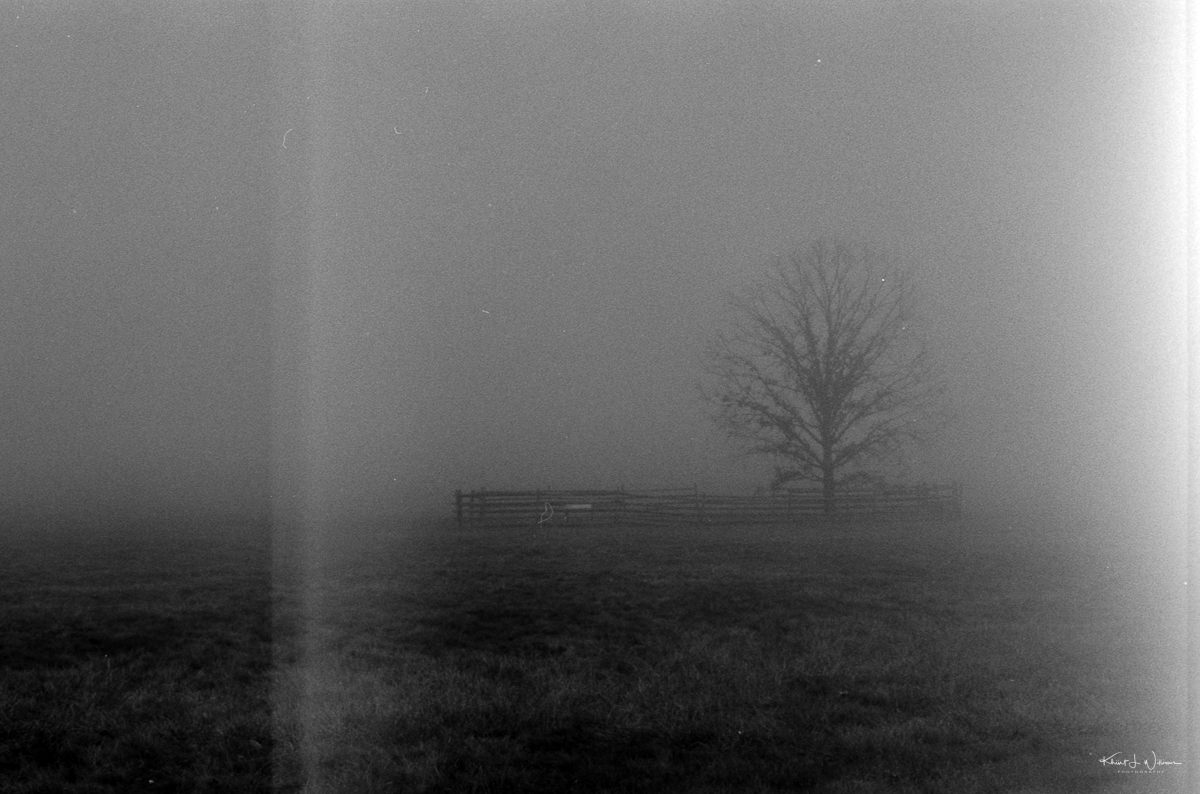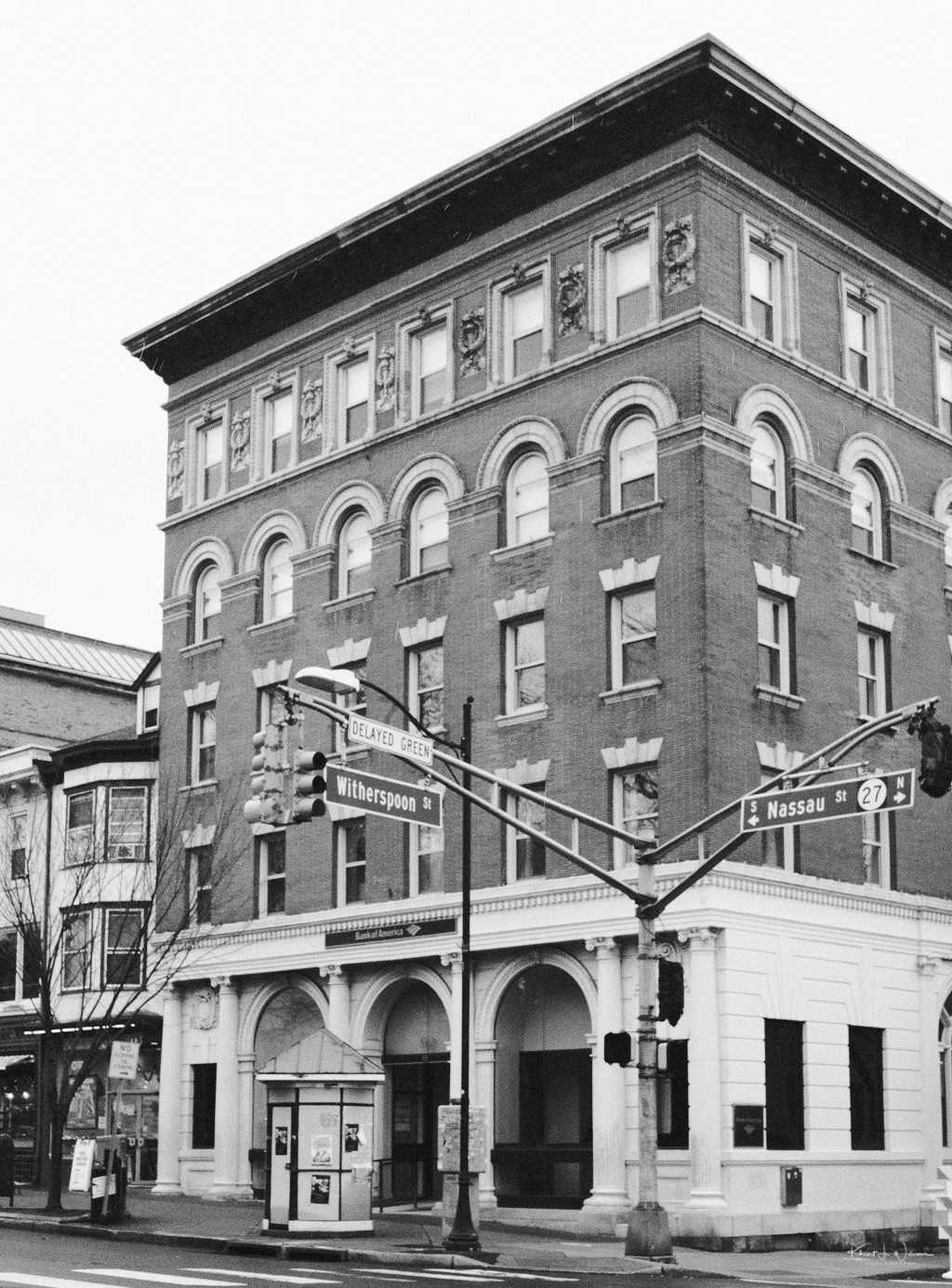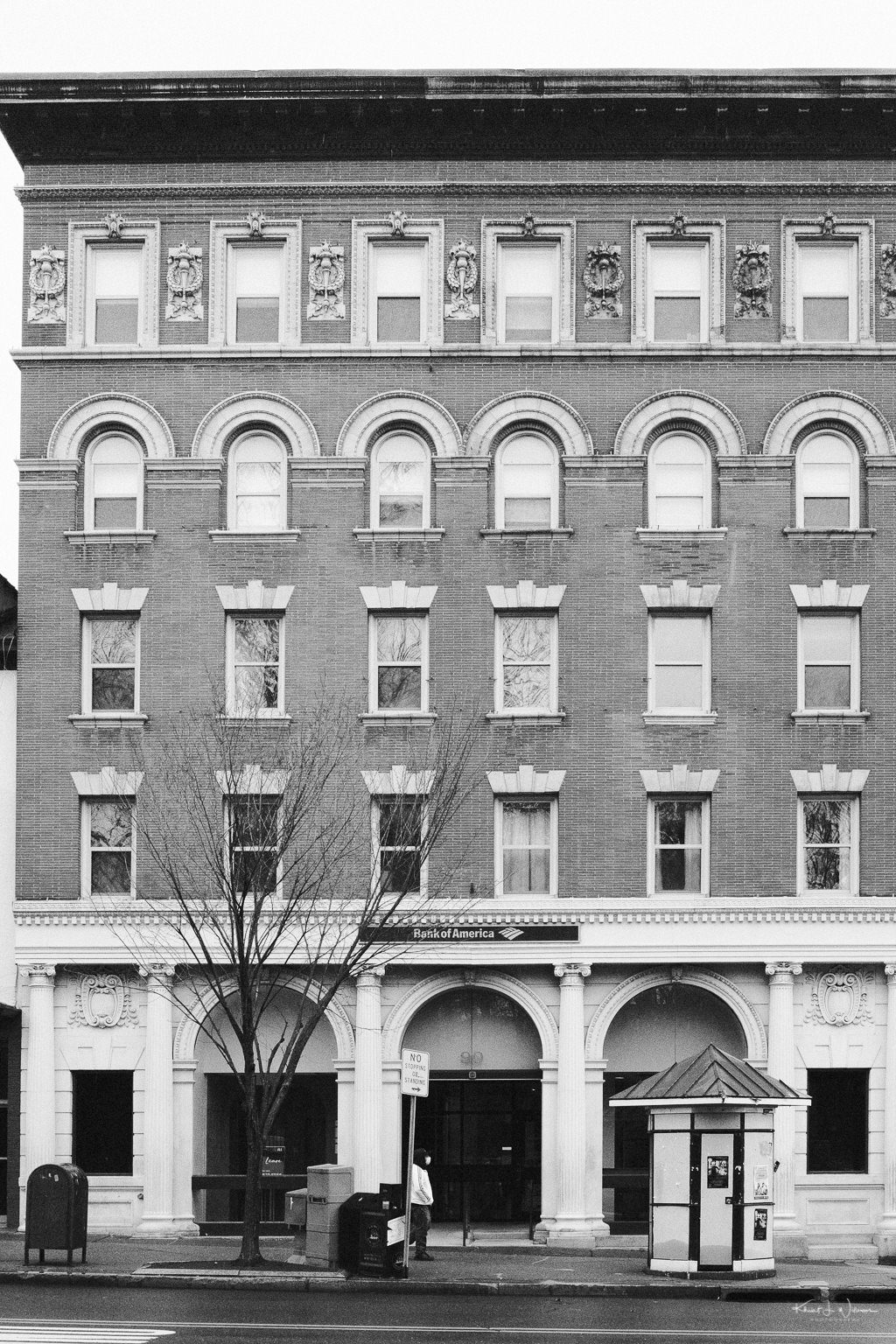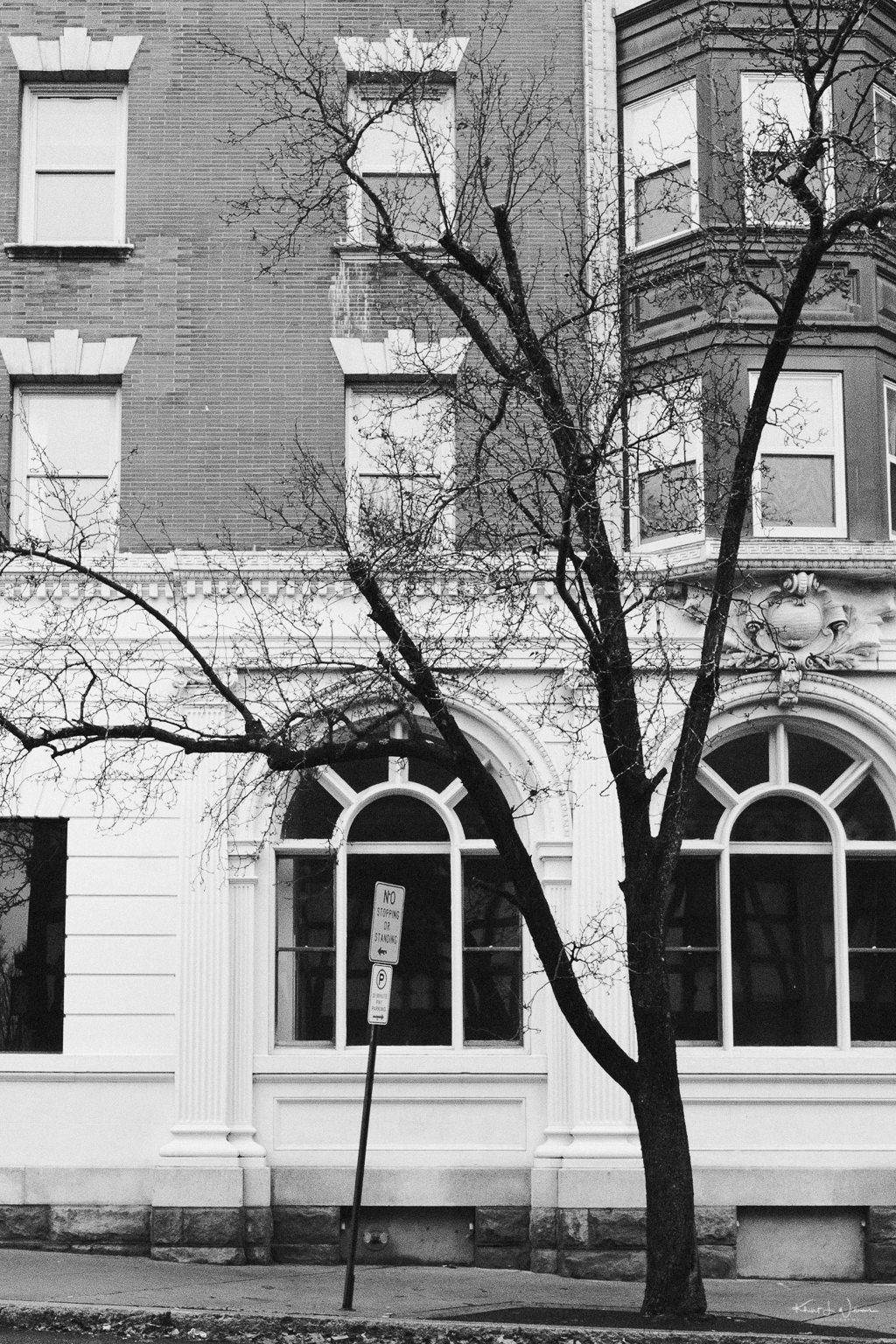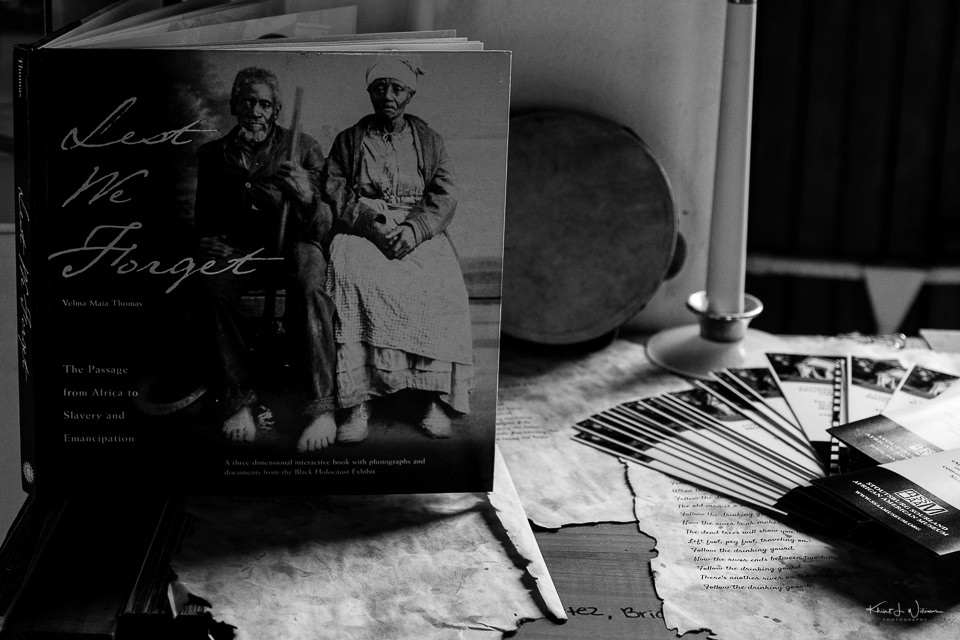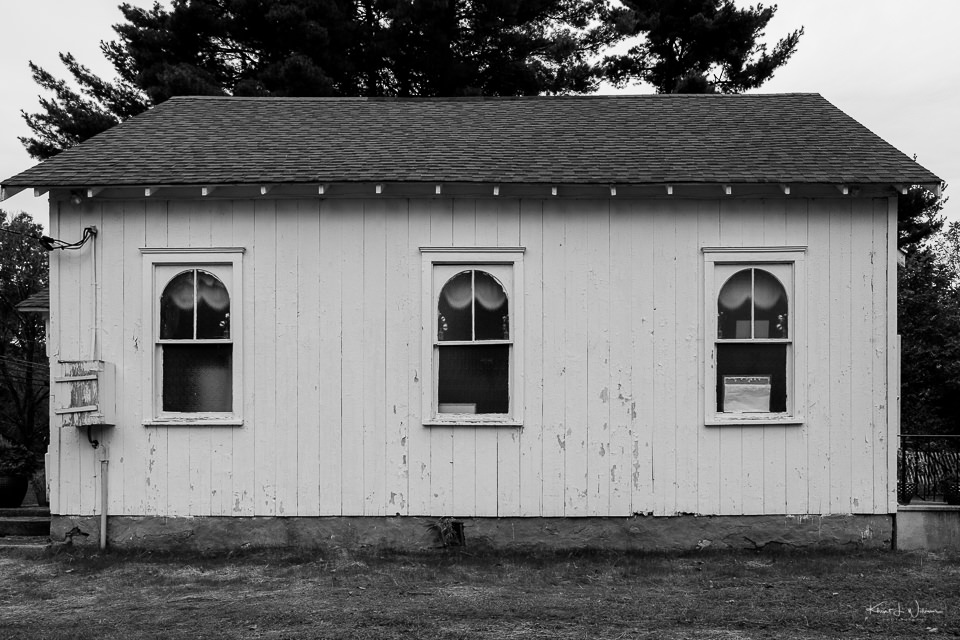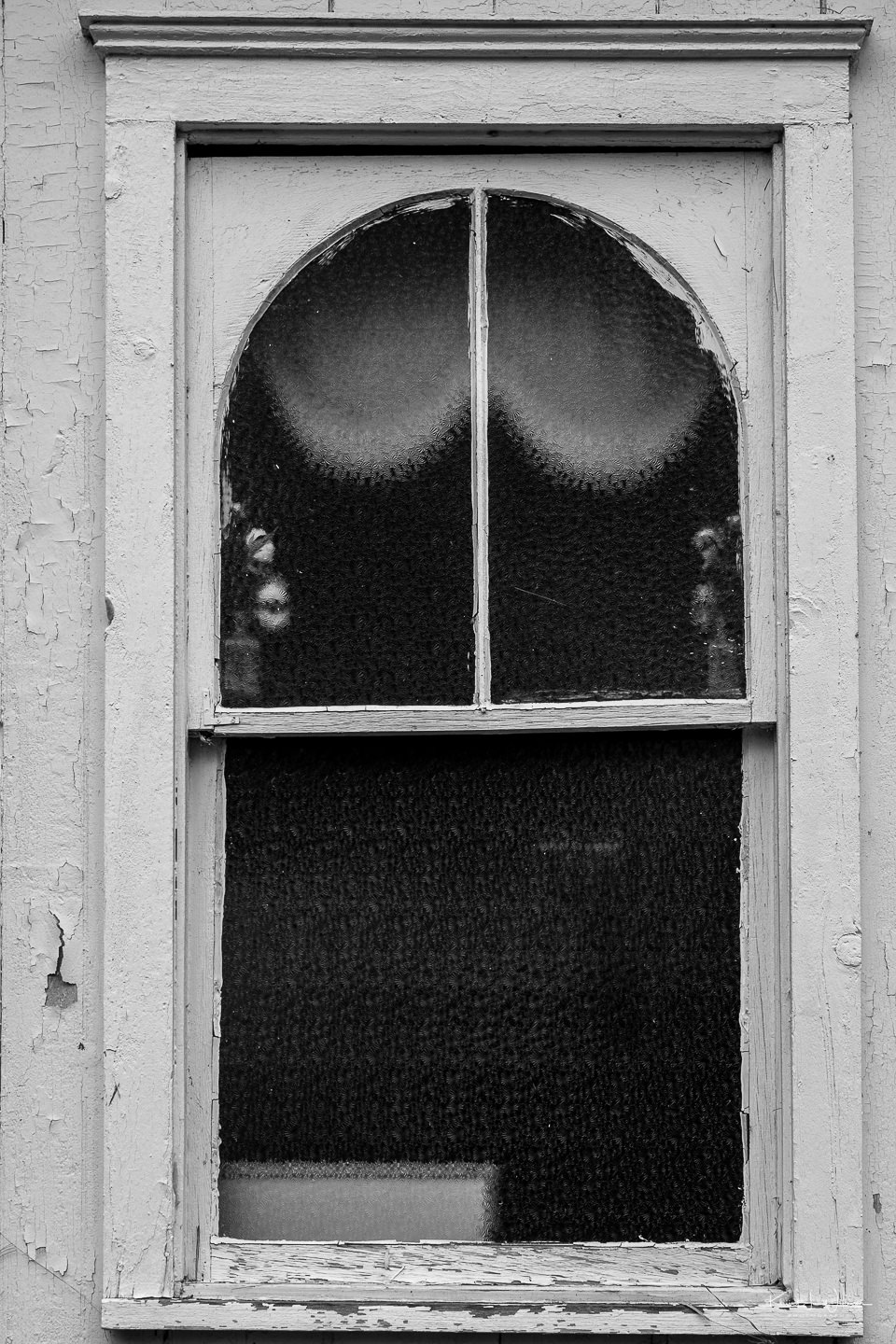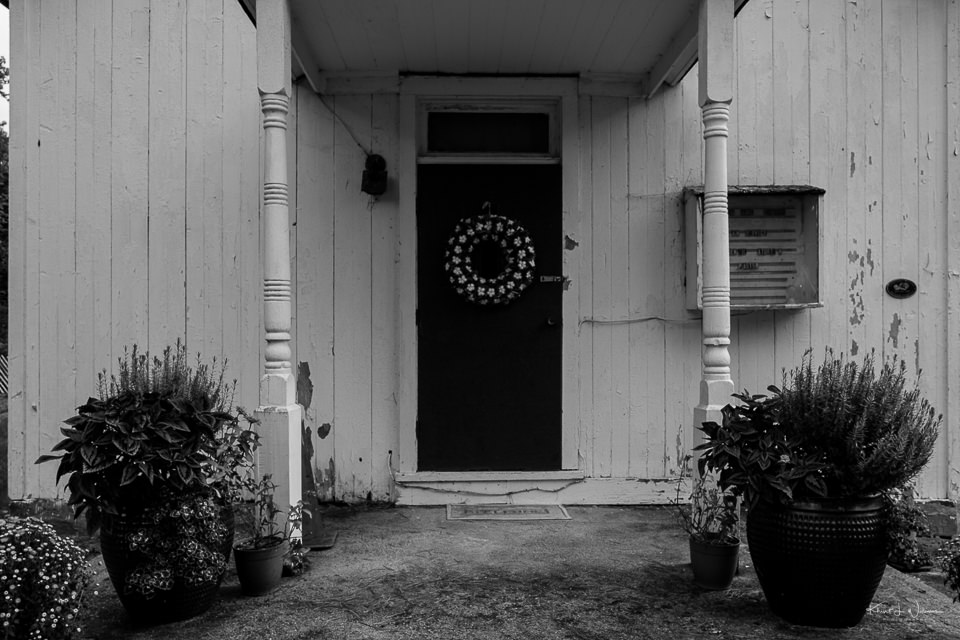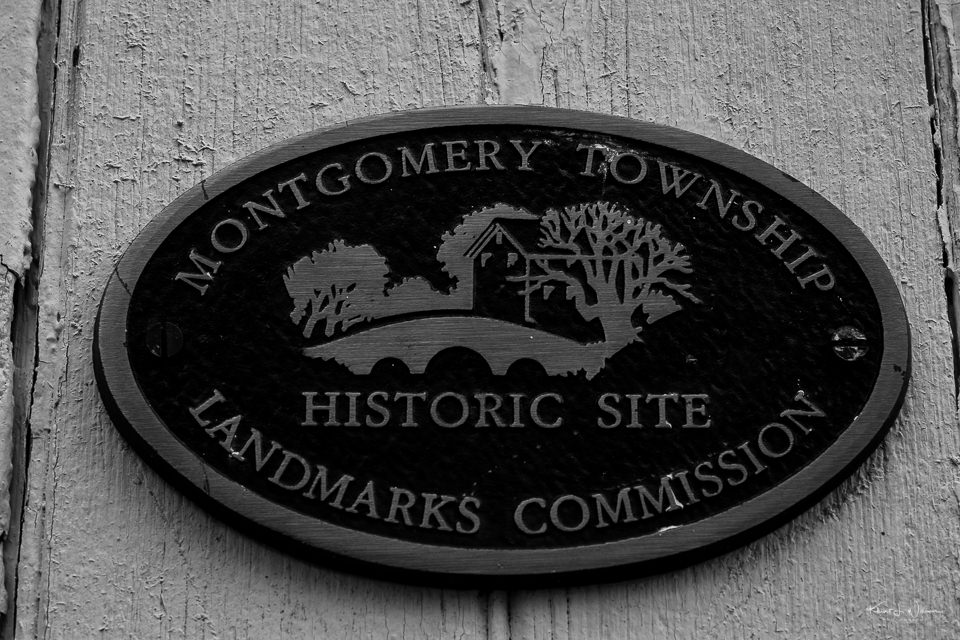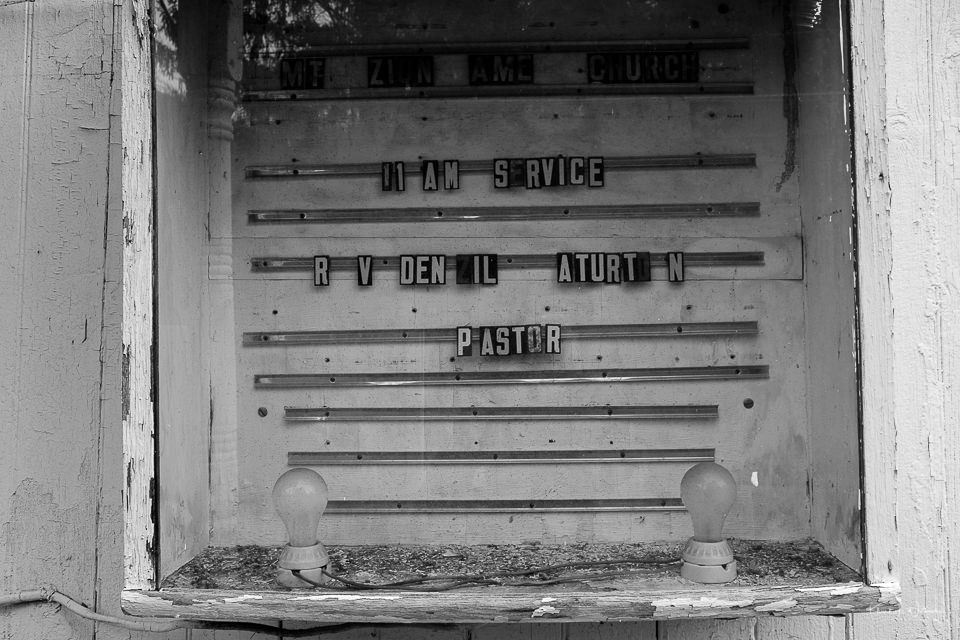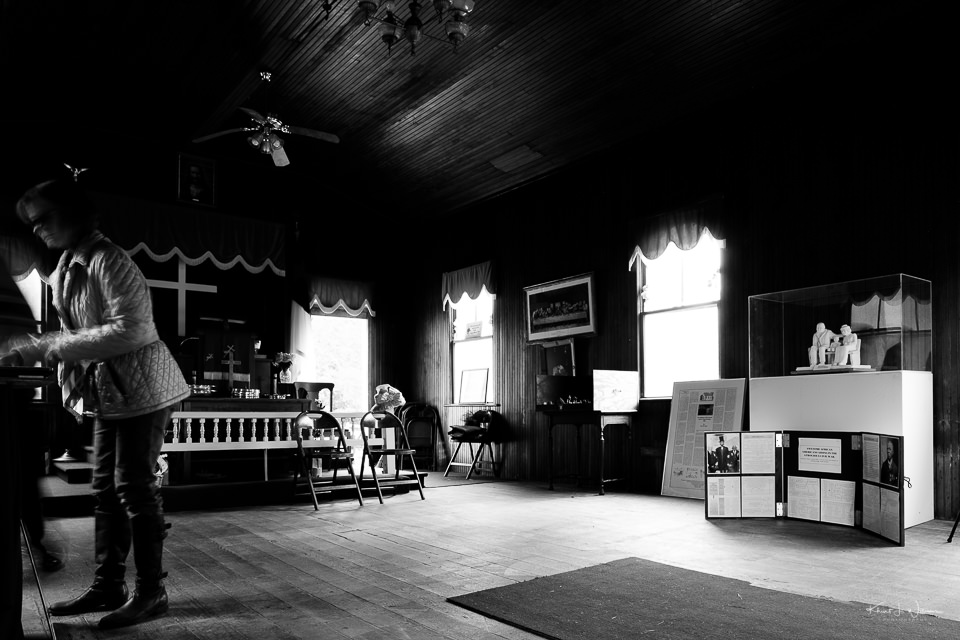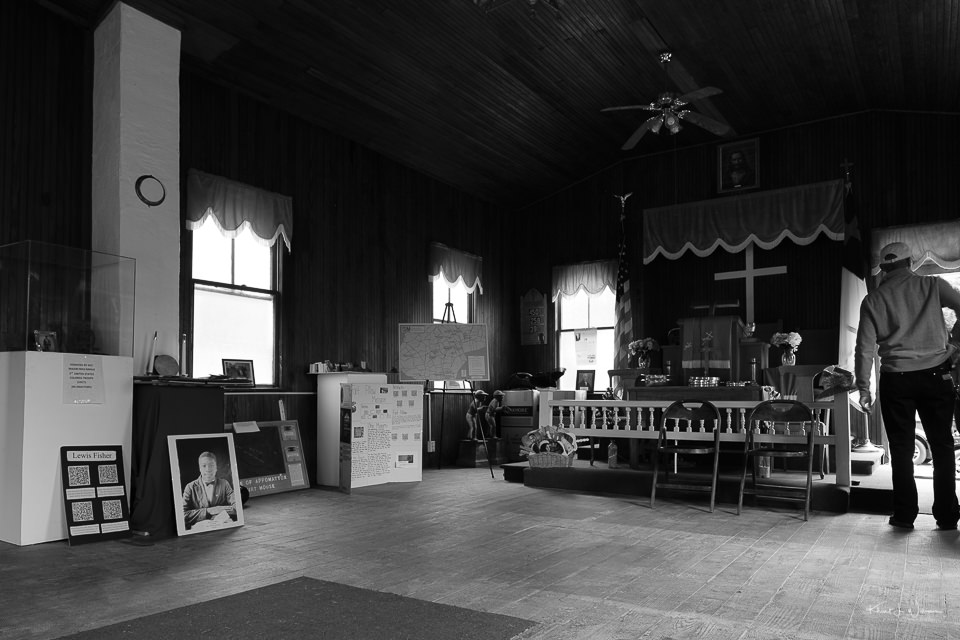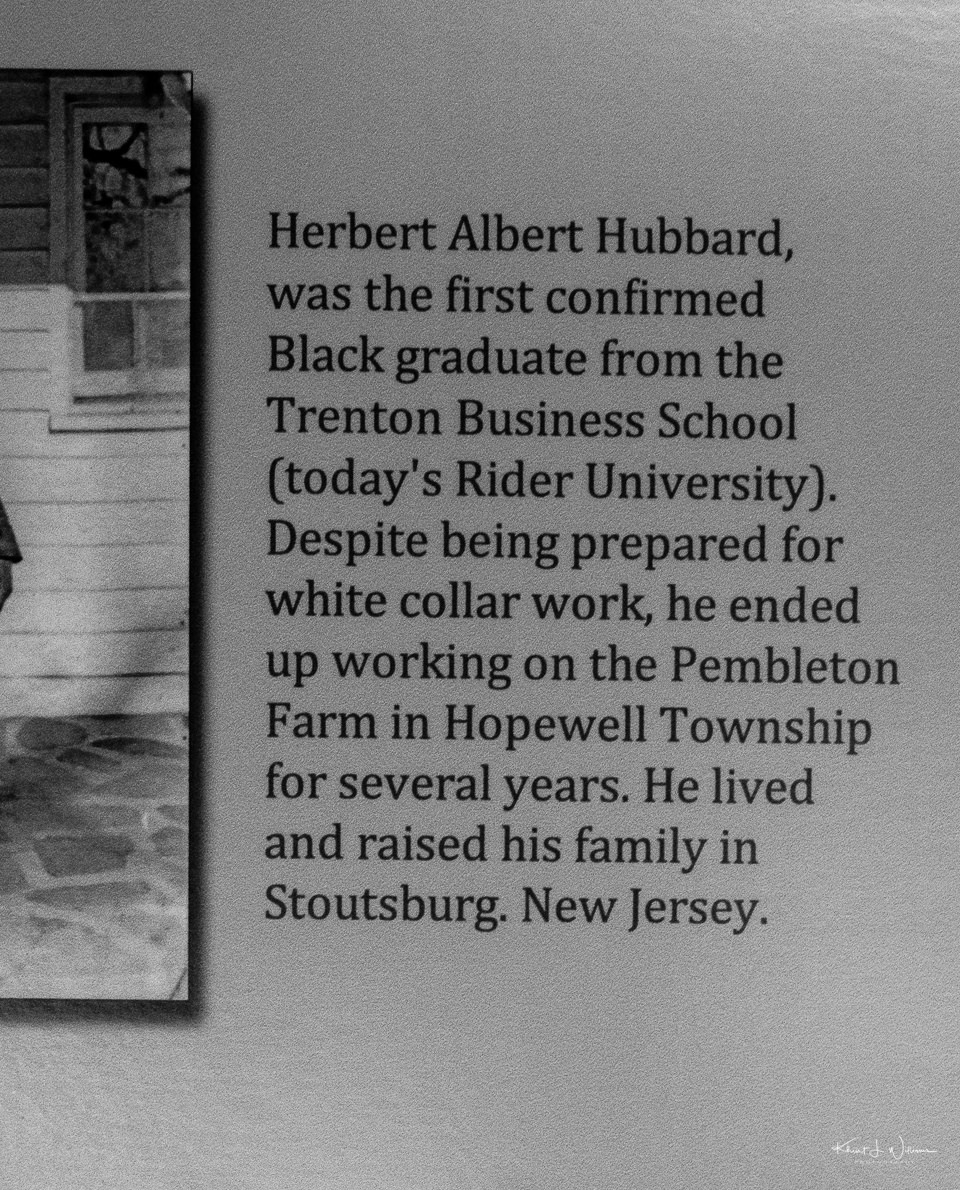Mercer White Oak was a historic tree at Princeton Battlefield Park that stood tall amidst the park's rolling hills and lush fields. The tree was named after General Hugh Mercer, who died from wounds he received at the Battle of Princeton during the American Revolution. The tree became a symbol of the battle and a testament to the bravery of the American soldiers who fought there. The tree was one of the largest and oldest white oaks in the state of New Jersey, with a massive trunk and sprawling branches that provided shade for visitors to the park. The Mercer White Oak was not only a natural landmark but also a crucial part of the park's rich history, serving as a reminder of the sacrifices made during the American Revolution.
The Mercer White Oak tree was about 300 years old when strong winds ripped it apart in March 2000. Soon after the tree's death, an arborist planted an 8-foot sapling from a Mercer Oak acorn inside the former tree's stump. That fenced-in young oak tree is the one that is seen in Princeton Battlefield Park today.
On this misty, foggy day, the tree takes on an ethereal quality, shrouded in a mysterious veil of white. The fog seems to wrap around the trunk and branches of the tree, adding to its already stately presence.
This is one of several frames from one of the four cartridges of Kosmo Foto Agent Shadow 400 35mm film I bought last year. The film was developed in Tennessee at Boutique Film Labs and scanned at home using an Epson Perfection V600 and VueScan software. The negatives were converted as part of my workflow using Negative Lab Pro.
